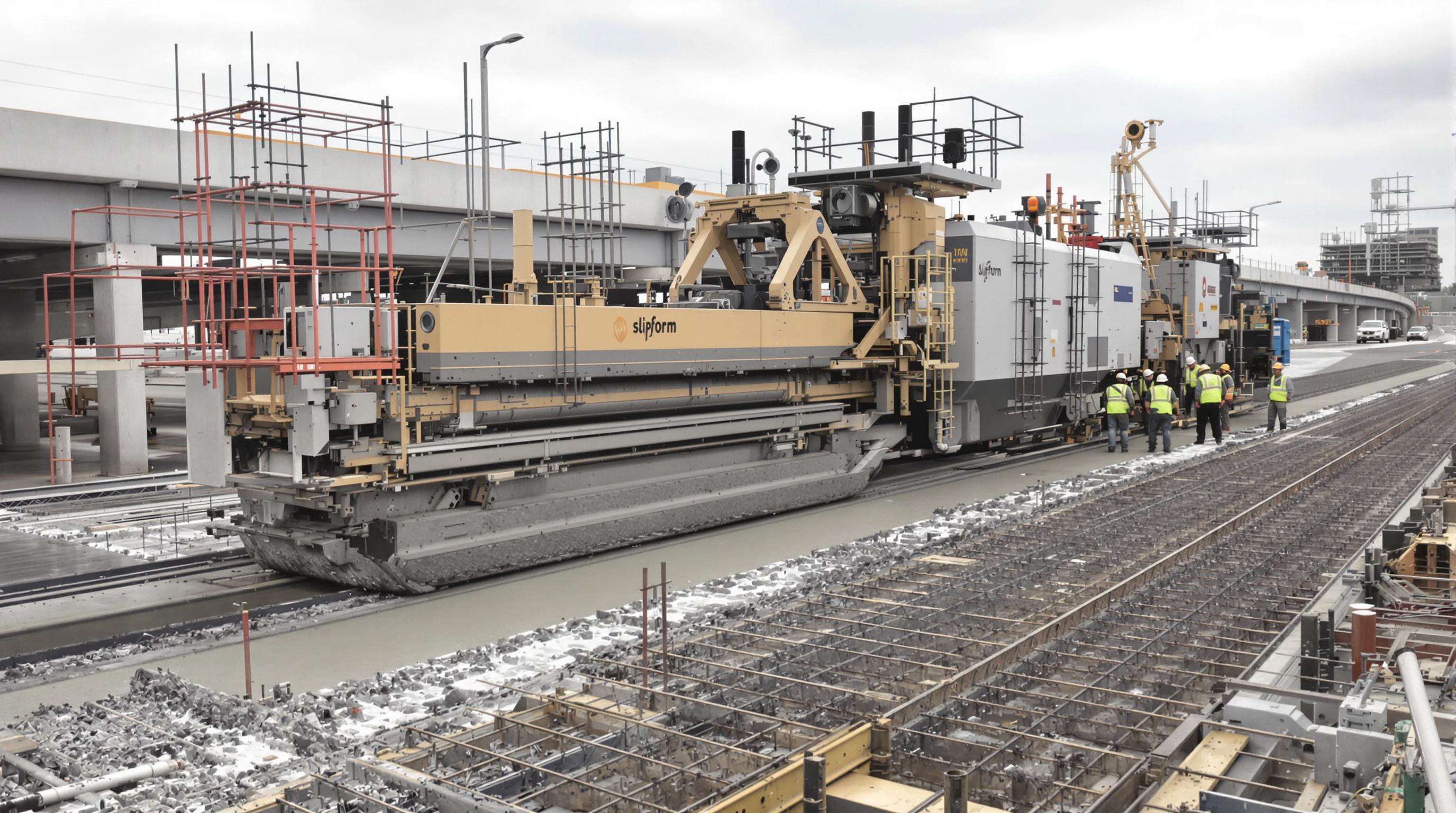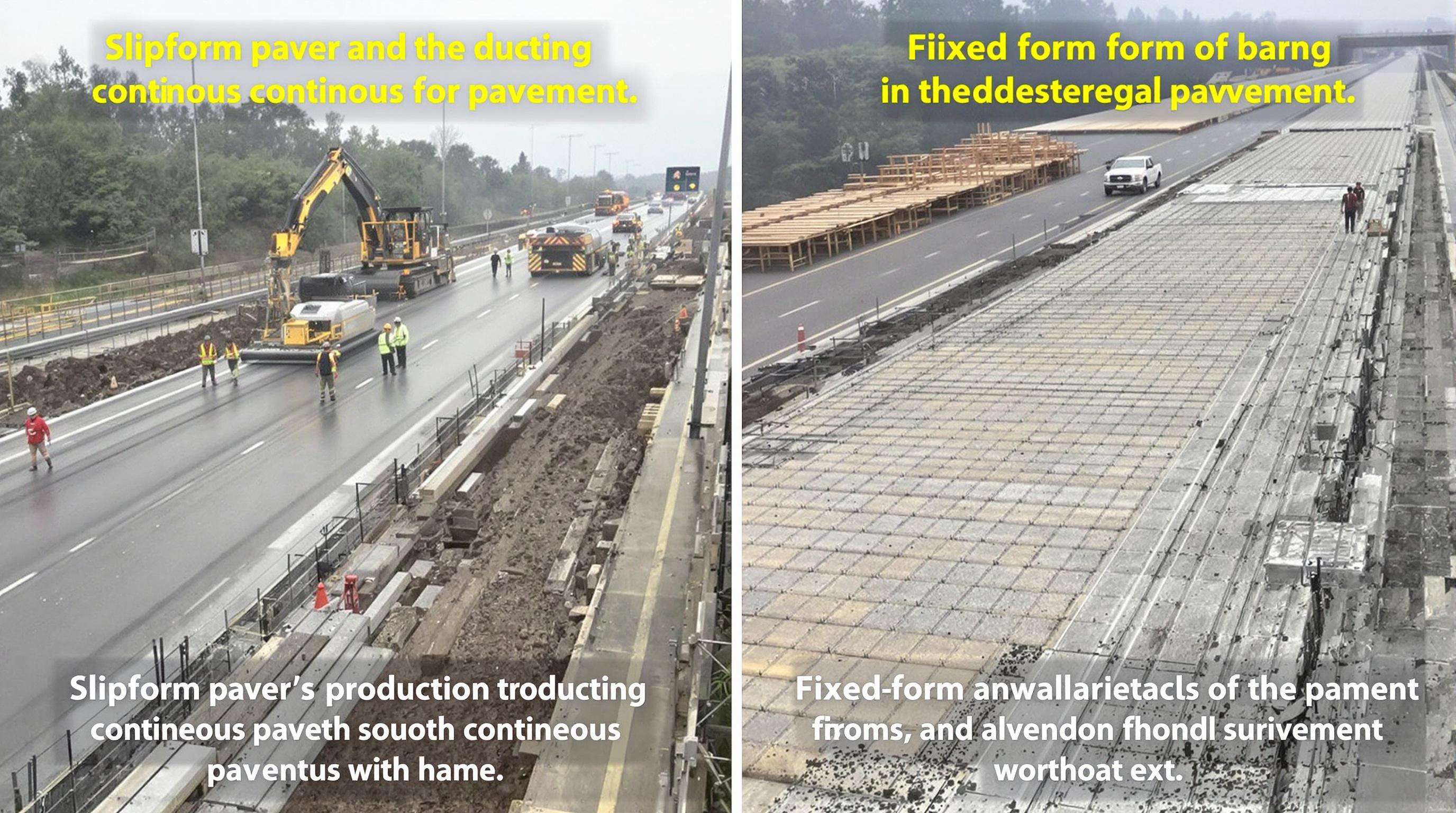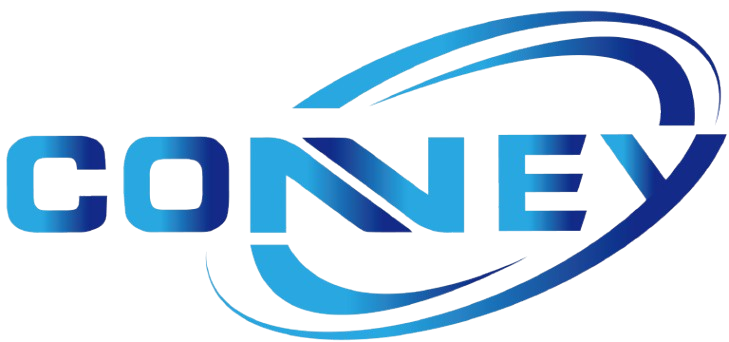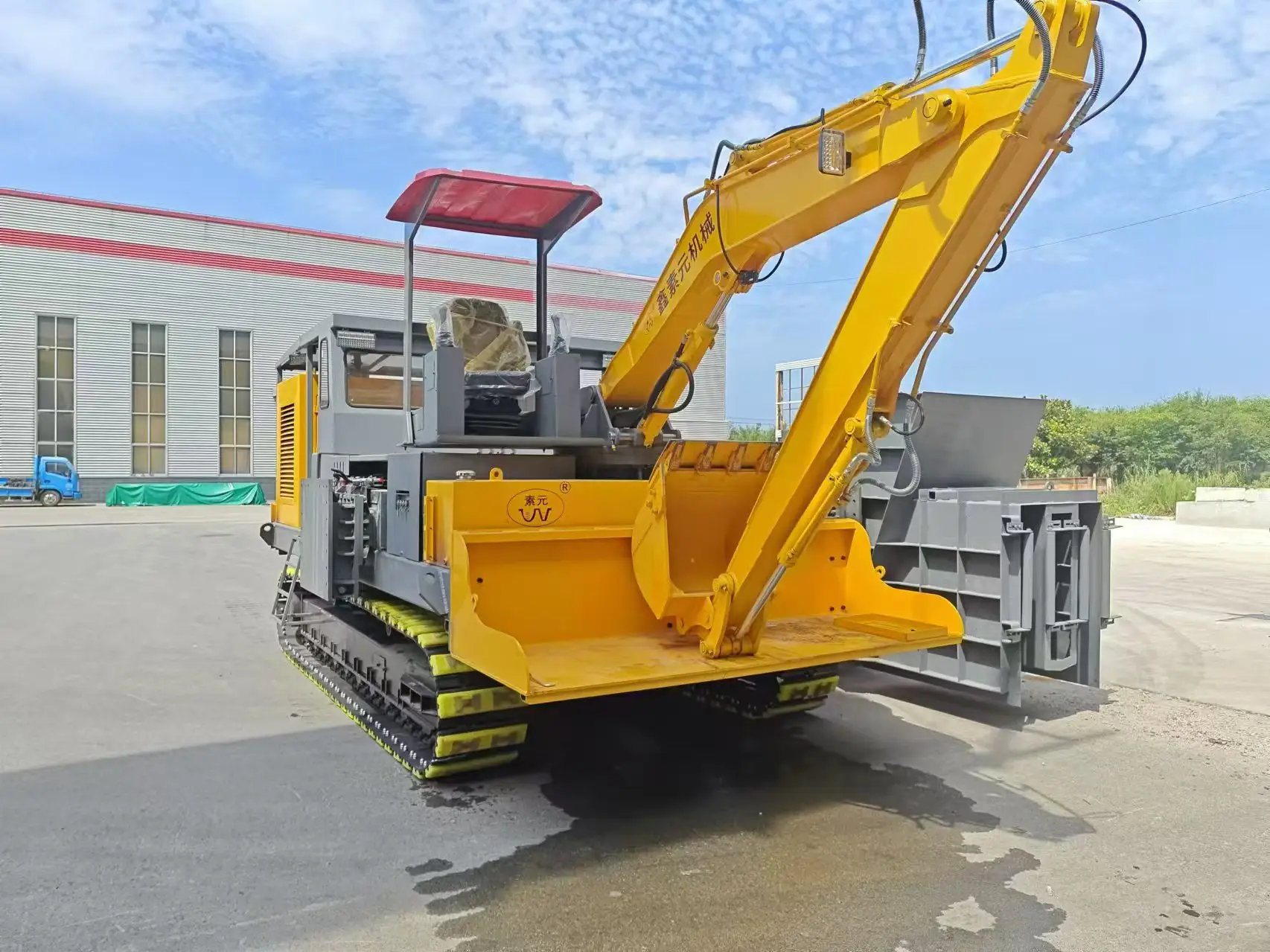Slipform Paver Machine Definition and Core Components
Structural Components of Modern Slipform Pavers
Modern slipform pavers integrate specialized engineering systems for concrete placement. Essential structural components include:
- Adjustable tracks for mobility and weight distribution
- Precision steel molds to shape continuous pavement profiles
- Integrated vibrators ensuring concrete consolidation
- Automated grade sensors maintaining ±2mm elevation accuracy
- Auger systems distributing material evenly before compaction
This system creates monolithic concrete elements without transverse joints, enhancing structural integrity.
Role in Modern Road Construction Projects
Slipform pavers streamline large-scale infrastructure projects by:
- Enabling continuous placement for highways, runways, and industrial pavements
- Eliminating traditional formwork, reducing labor by 40%
- Ensuring precise curvature alignment for high-speed networks
- Meeting durability standards for heavy-traffic corridors
Advanced guidance technologies allow these machines to maintain strict tolerances while accelerating project timelines.
How Slipform Paver Technology Works

3-Step Continuous Paving Mechanism
- Deposition: Low-slump concrete (≈30mm consistency) is placed ahead of the machine.
- Compaction & Shaping: Internal vibrators consolidate the mixture while extrusion molds form the pavement profile.
- Finishing: Integrated tools texture and smooth the surface in a single pass.
This uninterrupted process achieves production rates exceeding 200 linear meters/day, cutting timelines by 30% versus fixed-form methods.
Integrated Formwork Systems
The innovation lies in self-contained, gliding formwork that requires no fixed side supports. Adjustable steel molds maintain alignment, while vibrating cylinders ensure homogeneous consolidation. Key advantages include:
- Adaptability to slab widths from 3m highways to airport runways
- 24/7 operation capability with just 5–7 personnel per shift
- Elimination of manual formwork installation
Material Flow Optimization
Efficiency is boosted through:
- Auger systems preventing aggregate segregation
- Real-time density sensors adjusting vibrator frequency (8,000–12,000 RPM)
- Laser-guided grade controls maintaining elevation accuracy
These techniques reduce waste to <3%, far below the 15% industry average for traditional methods.
Key Benefits of Slipform Pavers in Highway Projects
Superior Surface Quality & Structural Integrity
Slipform pavers produce:
- Uniform thickness (±2mm tolerance)
- 40% fewer longitudinal joint defects than fixed-form paving
- 15–20% higher flexural strength (per AASHTO MEPDG)
- Extended service life—withstanding 2–3x more traffic cycles before rehabilitation
Labor & Cost Efficiency
- 60–70% fewer workers required than traditional methods
- $58 per linear meter saved in labor costs (FHWA data)
- 35–50% lifecycle savings over 20 years
- ROI achieved in under 5 years for large federal highway projects
Impact of Slipform Pavers on Construction Efficiency
Faster Completion Rates
- 30% shorter project timelines vs. traditional paving
- Continuous operation eliminates formwork delays
Enhanced Durability
- 50% fewer surface cracks over 5 years
- Superior compaction resists freeze-thaw and heavy loads
Case Study: I-80 Highway Project
- Completed 4 months ahead of schedule
- $2.3M saved in labor/rental costs
- 60% lower maintenance costs over 5 years
- Full ROI in 42 months
Slipform vs. Traditional Paving

Performance Comparison
| Aspect | Slipform Paving | Fixed-Form Paving |
|---|---|---|
| Speed | 12–18 m/hour | 5–8 m/hour |
| Labor | 3–5 operators | 8–12 workers |
| Surface Quality | ±2mm deviation | 4–6mm deviation |
| Maintenance | 23% fewer cracks (NAPA 2023) | Higher long-term maintenance |
Project Timeline Savings
Slipform cuts completion times nearly in half:
- 8 months for 15km (slipform) vs. 14 months (fixed-form)
- 38% labor cost reduction (e.g., $2.1M saved on I-80)
- ROI achieved within 18 months for high-volume projects
This method’s precision and efficiency make it the preferred choice for modern infrastructure demands.
FAQ
What is a slipform paver machine?
A slipform paver machine is specialized equipment used in constructing continuous concrete pavements without the need for fixed forms. It uses steel molds and vibrators to shape and solidify the pavement.
How does slipform paving differ from traditional paving?
Slipform paving employs continuous placement and gliding formwork without fixed side supports, while traditional paving relies on fixed forms and is slower with more labor involved.
What are the benefits of using slipform pavers?
Slipform pavers offer advantages like faster completion rates, superior surface quality, reduced labor costs, enhanced durability, and significant long-term savings.
How does slipform paving enhance surface quality?
Slipform pavers ensure uniform thickness, reduced joint defects, and higher flexural strength, contributing to superior surface quality and structural integrity.




